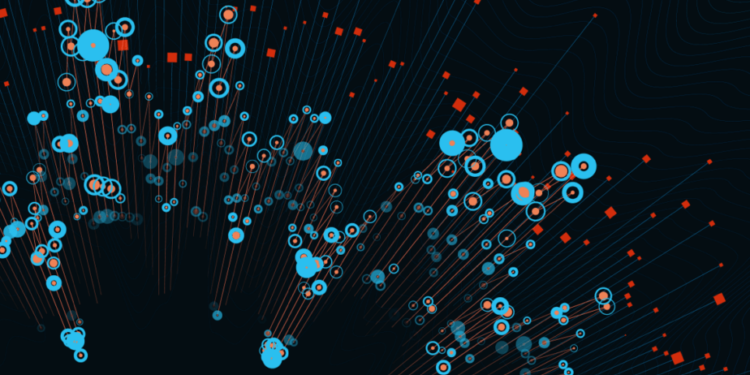The term ‘dark data’ means information-based assets organizations collect, process and store during regular business activities. However, they generally fail to use it for other purposes.
Such information is often retained for reasons related to compliance. Such data can also include the following: why you should run Kafka on Kubernetes?
• Previous employee records.
• Financial information.
• Transaction logs.
• Online browsing logs.
• Confidential data from surveys.
• Emails.
• Internal organizational presentations.
• Downloads and other downloaded attachments.
• Video surveillance footage.
It refers to any forgotten data that was left behind by general processes that might either be not utilized, unused, or even unknown, due to a user’s daily digital interactions. Such data can be anywhere. Moreover, such data is spread across all areas of any organization and across a wide array of data repositories, ranging from data storage to applications.
In terms of its nature, accurate volumes of aunty company’s dark data are quite a challenge when it comes to making an estimate. As companies produce data at quite a high volume, especially for analysis, it is hence common that half of such data may not be available for proper analysis.
Unstructured data is large when it comes to volume. Such data is not organized under any predefined model. This rises by up to 60 percent each year. Each minute and each day, 1.7 MB of data is made for each person out of approximately 8 billion people on earth.
This means by the year 2025, almost 175 trillion gigabytes (175 zettabytes) of dark data will be present around the world. Moreover, 80% of such data will be unorganized and 90% of such data won’t be analyzed or used in business activities.
Shining some light on dark data – what more to know
To protect dark data from the bad side and ensure its availability to the good guys i.e. business auditors; organizations should determine and see what is sensitive, what is exposed, what is safe, and vice versa.
Discovering and classifying dark data helps companies utilize unknown information to their advantage to make the right decisions.
For them to accomplish this, security teams need to know the place sensitive dark data lives, who accesses it, when abuse occurs, how can the needed action be taken, and how soon, to make sure nothing goes wrong.
Professionals from an agency providing DDoS proxy protection in North York explain that there are two main approaches for assessing and revising the dark data of any company.
First, there are independent consulting specialists who can review a data environment and carry out in-depth reviews of unused and uncatalogued data on behalf of a company. Companies can automatically review all data storage and repositories by themselves using the right tools.
This option is often preferred. It helps enable companies to identify problems in terms of regulations being broken, identification of internal permission, discovering any gaps in the data security of organizations, and identification of potentially malicious or negligent behavior placing private and confidential data in jeopardy.
If an organization chooses to use a data analytics solution instead of an external contractor, they can obtain a more comprehensive and precise understanding of their data with much clearer actions on proceeding to fix any risk present.
It is not until a company has obtained full visibility into the dark data. Once it obtains visibility, it can see the business value of such data and protect it too. The creation of a basic framework to arrange the data in an organized manner is key to helping companies gain valuable insight.
Without this insight, no company can ever be able to comply with data governance rules and standards, regional regulatory compliance, be able to provide top-notch security, or be able to guarantee data privacy for its customers and employees.
Should organizations know more about their data?
Organizations should know if their data is already visible and is in use, whether it is managed data or obsolete or redundant data in the business category. It is crucial to understand where the data is and what kind of data it is, and the kinds of policies and standards to apply to it.
